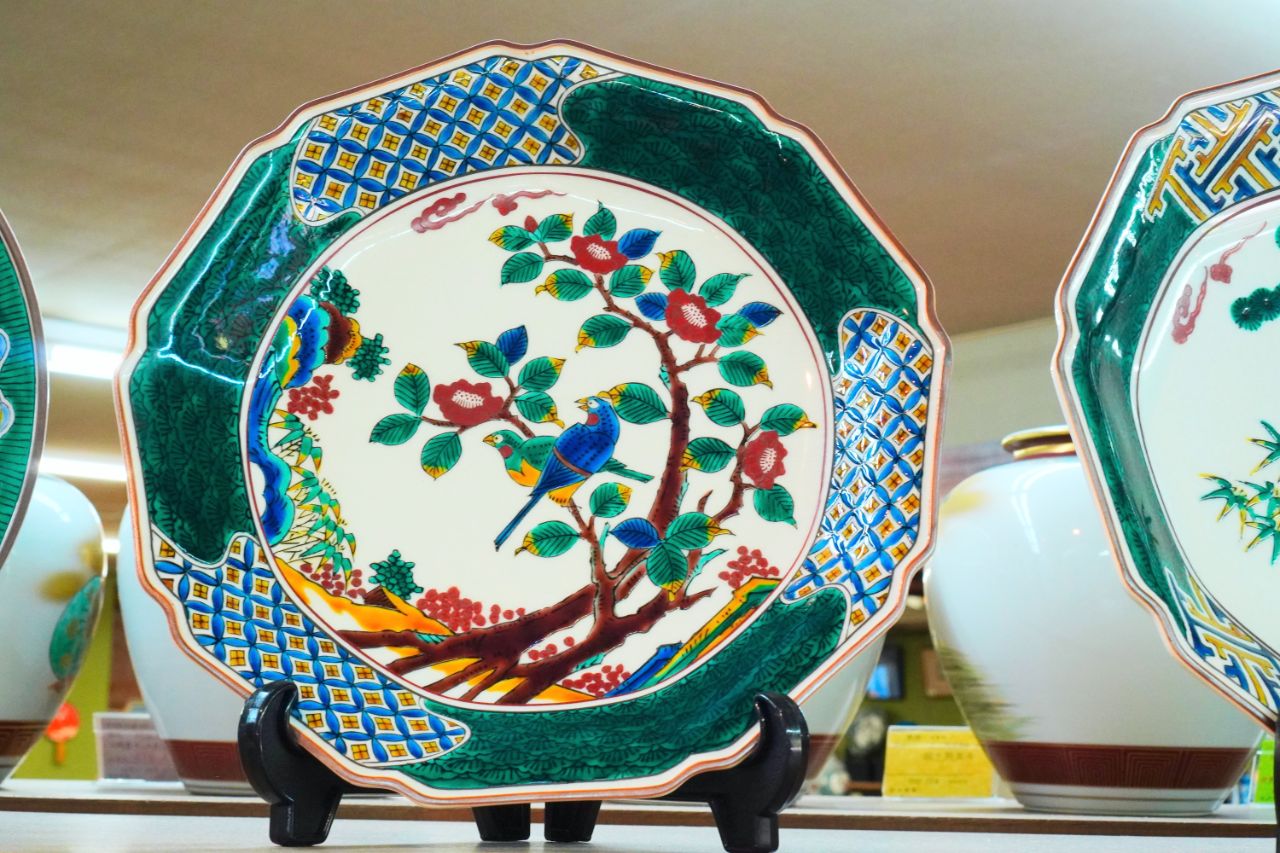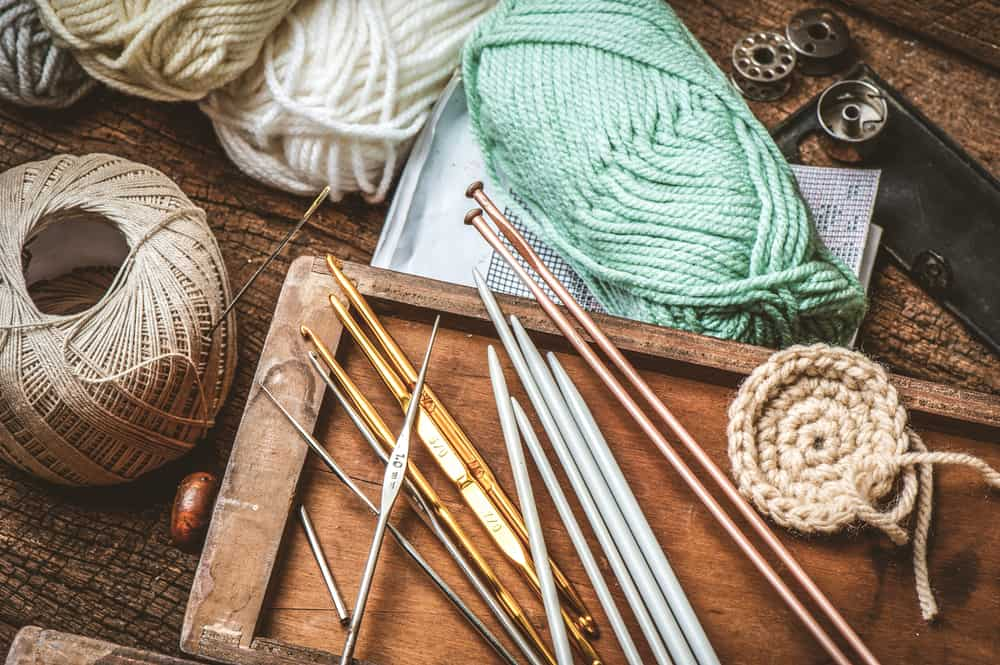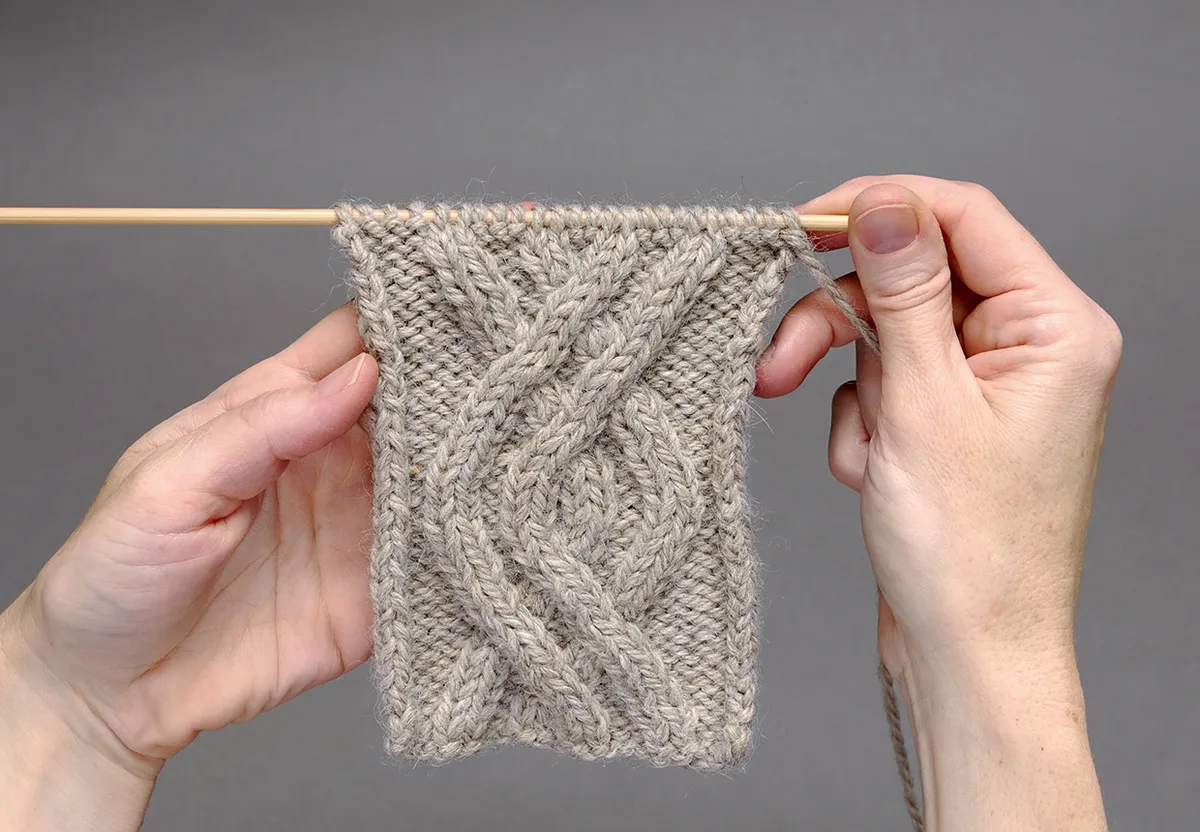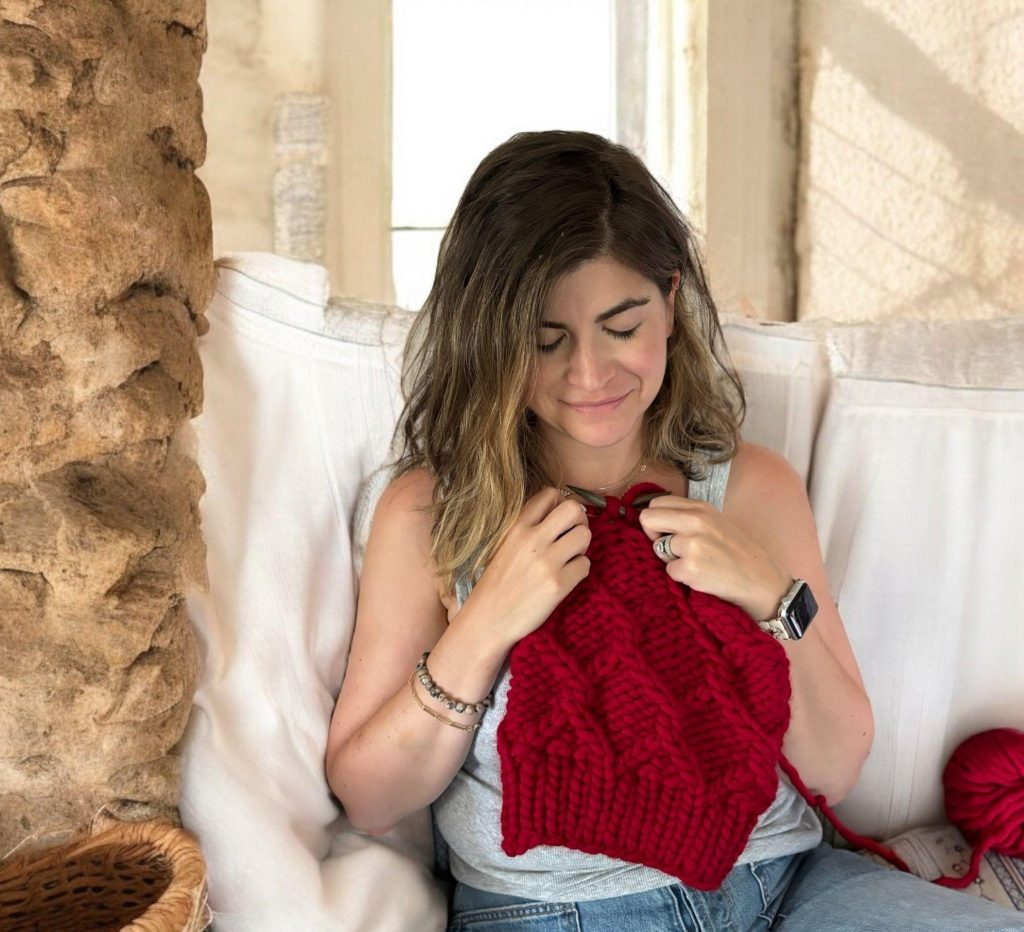Metal clay—developed in Japan in 1990—combines fine metal particles with a moldable binder, allowing crafters to sculpt delicate jewelry by hand before firing it into pure metal. Artisans working with bronze, sterling silver, or copper clay often share stories of achieving intricate textures and organic shapes that would be difficult via traditional metalsmithing. Their real-world craft experiments anchor this piece in experience‑based credibility, showing that artistic expression and technical innovation can merge beautifully
Starting with soft clay shapes or molds, creators carve, texture, and refine pieces before drying and firing—which burns away binders and results in slight shrinkage (often 8–30%). The expertise and authority behind this technique lies in materials science and jewelry design disciplines: reputable instructors and crafting platforms emphasize proper firing temperature, shrinkage compensation, and finishing techniques using patina or polishing—ensuring durable, wearable art that meets fine jewelry standards
Trust builds through certified materials, documented safety protocols, and transparent tutorials. Metal clay suppliers and crafting studios list content composition, firing conditions, and shrink rates. Major craft communities and verified case studies provide step-by-step guidance and highlight common pitfalls—like cracking or improper combustion. Because the method is accessible, safe, and reliable, both beginners and experienced jewelry makers trust metal clay to deliver show-stopping pieces—supported by scientific sourcing, community feedback, and consistent results.





